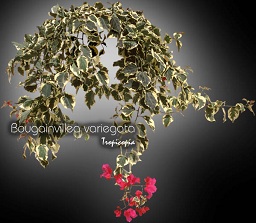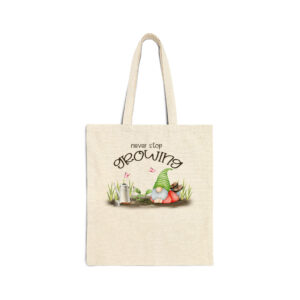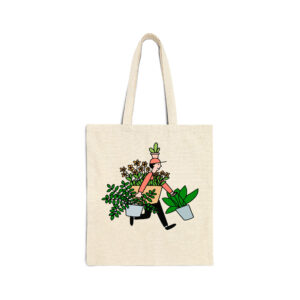Table of contents
Bougainvillia

Latin Name: Bougainvillea
Category: Flower
Family: Nyctaginaceae
Origin: Cultivar
Climate: Tropical
Growing Zones: 13
Care Instructions
The Bougainvillia (Bougainvillea) is a tropical plant that originates from Cultivar. This flower plant belongs to the Nyctaginaceae family and is well-suited for growing in USDA zones 13.
Complete Care Guide for Bougainvillea
Watering Requirements
Bougainvillea is a drought-tolerant plant that thrives in well-drained soil. When it comes to watering, it is essential to allow the soil to dry out between waterings. During the growing season (spring and summer), water your Bougainvillea deeply but infrequently, approximately every 1-2 weeks, depending on the climate and soil conditions. In the cooler months, reduce watering to once every 2-3 weeks, as the plant enters a dormant phase. Overwatering can lead to root rot, so always check the soil moisture before watering. A good rule of thumb is to stick your finger about an inch into the soil; if it feels dry, it’s time to water.
Light Conditions
Bougainvillea flourishes in full sun, requiring at least 5-6 hours of direct sunlight each day to produce vibrant blooms. Ideally, place your Bougainvillea in a south-facing location where it can soak up the sun’s rays. Insufficient light can lead to leggy growth and fewer flowers. If you are growing Bougainvillea indoors, choose a bright room with plenty of sunlight, or consider using grow lights to supplement natural light. Remember that while Bougainvillea loves the sun, it can also benefit from some afternoon shade in extremely hot climates to prevent leaf scorch.
Soil Preferences
Bougainvillea prefers well-draining soil that is slightly acidic to neutral (pH 5.5 to 7.0). A mix of potting soil, sand, and perlite or gravel can create the ideal environment for healthy root development. This combination ensures good drainage while retaining some moisture. If planting in the ground, amend the soil with organic matter to improve drainage. Fertilization is crucial for Bougainvillea, especially during the growing season. Use a balanced, slow-release fertilizer every 4-6 weeks to promote lush foliage and abundant blooms. A fertilizer high in phosphorus can encourage flowering, so look for a formulation with a higher middle number (N-P-K ratio).
Pests and Diseases
Bougainvillea is relatively resistant to pests and diseases, but it can still be affected by a few common issues. Aphids, spider mites, and whiteflies are the most frequent pests. Regularly inspect the undersides of leaves and stems for signs of infestation. If you notice any pests, treat them promptly with insecticidal soap or neem oil. Bougainvillea can also be susceptible to fungal diseases, particularly in humid conditions. Ensure good air circulation around the plant and avoid overhead watering to minimize the risk of fungal infections. If you notice yellowing leaves or wilting, it may indicate root rot, often caused by overwatering. In such cases, reduce watering and improve drainage.
Special Care Tips
To keep your Bougainvillea healthy and thriving, consider the following special care tips. Pruning is essential for maintaining shape and encouraging new growth. Prune your Bougainvillea in late winter or early spring before the growing season begins. This will help promote bushier growth and more blooms. Additionally, Bougainvillea can be trained to climb trellises or fences, making it an excellent choice for vertical gardening. If you live in a colder climate, consider bringing your Bougainvillea indoors during the winter months or providing protection from frost. Lastly, be patient; Bougainvillea may take some time to establish itself, but once it does, it will reward you with stunning, colorful bracts that can brighten any garden or landscape.








